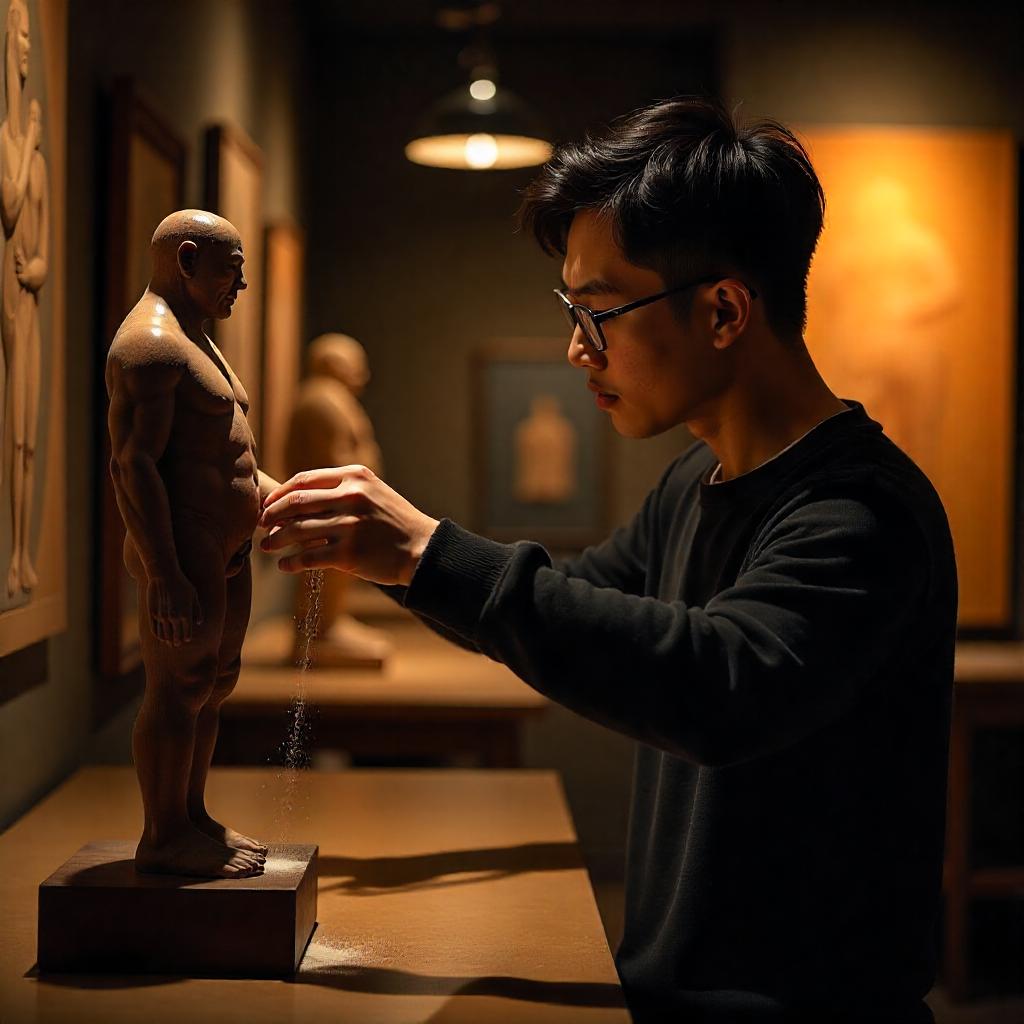
Antique wooden furniture and vintage collectibles hold not only monetary value but also sentimental and historical significance. However, they are highly vulnerable to infestation by wood-boring pests such as termites, woodworms, and beetles. These insects can silently cause internal damage, weakening joints, creating small exit holes, and leaving behind powdery frass. For those who own antique wooden items, the need for effective pest control is crucial. Yet using traditional chemical treatments can often do more harm than good, especially when dealing with delicate or irreplaceable pieces. This is where non-toxic pest control solutions come into play.
Chemical-based pest treatments may be effective, but they pose several risks when used on antiques. Harsh chemicals can stain or warp wood, dissolve finishes, and leave behind toxic residues that may linger for months. These chemicals can also pose health risks to pets, children, and adults, especially in closed indoor environments. For antique preservationists, curators, and collectors, maintaining the original integrity of wood is a top priority, making non-toxic solutions the preferred option.Visit Online shashel for More details.
One of the most reliable non-toxic pest control methods for antique wood is microwave heat treatment. This technique uses controlled microwave energy to heat the infested wood from the inside out. Insects, particularly in their larval or egg stages, contain moisture that absorbs microwave energy. As the temperature rises within the pests, it leads to their elimination without damaging the wood itself. Since antique wood often has low moisture content, the microwaves primarily affect the insects rather than the furniture. This makes the process safe, clean, and highly targeted.
Another natural approach involves freezing the infested wood. Freezing treatment works by placing the affected furniture in a commercial-grade freezer for several days. The cold temperatures kill all life stages of insects, including eggs and larvae. This method is especially useful for smaller pieces that can be safely moved and wrapped before freezing. It is important, however, to consult a professional before attempting freezing, as rapid changes in temperature can sometimes cause cracks or splits in delicate wood.
An alternative method is oxygen deprivation. This involves sealing the infested item in an airtight chamber or bag and removing the oxygen using a vacuum or replacing it with an inert gas such as nitrogen. Over time, the lack of oxygen suffocates the pests. While this technique is more commonly used by museums and preservation institutions, it is a highly effective and chemical-free option for sensitive antiques.
Monitoring and prevention are also key parts of non-toxic pest management. Regular inspection of antique items, especially those stored in humid or poorly ventilated areas, is essential. Pests thrive in moisture, so keeping humidity levels low and ensuring proper air circulation can deter infestations. Using dehumidifiers and storing items above ground level can help reduce the chances of pest activity. Cedarwood blocks, lavender sachets, or natural oils like neem or clove may also act as mild deterrents when placed near antique furniture.
Non-toxic pest control for antique wood is not just a matter of safety—it is also about preservation and respect for craftsmanship. Choosing methods that avoid chemicals helps maintain the originality, finish, and long-term value of these irreplaceable items. Whether through microwave heat treatment, freezing, oxygen deprivation, or consistent monitoring, non-toxic solutions provide peace of mind and lasting protection. With the right care and attention, your antique wooden treasures can be protected from pests and enjoyed for generations to come.



